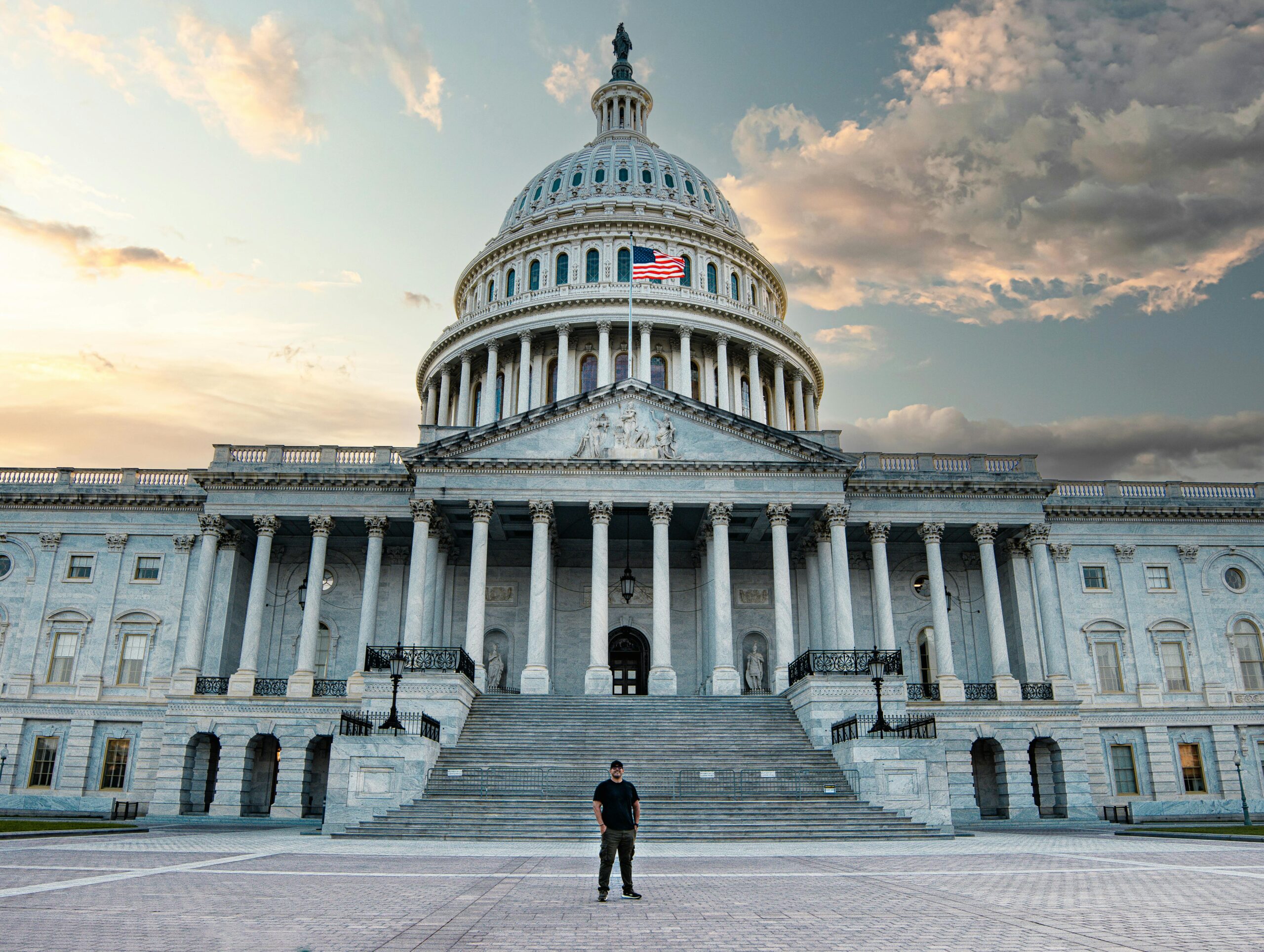
The political pain of the U.S. government shutdown is deepening as the impasse heads toward a third week, marked by escalating hostility between Republicans and Democrats. Hundreds of thousands of federal workers have been furloughed, the Smithsonian museums and the National Zoo are closed, and the nation’s air traffic control system is facing strain. The already tense political duel took a nasty turn on Friday night when the administration fired hundreds of bureaucrats—a move immediately criticized as a partisan attack.
Escalation and Political Retaliation
The latest escalation was twofold. First, the administration began issuing layoff notices to 4,000 federal workers on Friday—a move designed to increase pressure on Democratic Party leaders. President Donald Trump made the political intent explicit, stating that the job cuts would be “Democrat-oriented” because he was targeting programs favored by the opposition. These Reductions in Force (RIFs) are permanent job eliminations, unlike temporary furloughs. Second, President Trump announced that the Pentagon had redirected research funding to ensure military personnel would be paid, eliminating a key source of political vulnerability for Republicans.
This political strategy is highly unusual. Firing civil servants merely to make a political point is an extraordinary display of callousness by a government towards its employees, particularly since these workers were already furloughed. Democrats knew the threat of RIFs was possible, yet they calculate that President Trump has been cutting thousands of federal jobs anyway.
The core of the congressional deadlock remains healthcare. Senate Democrats are refusing to vote for a short-term funding bill until Republicans agree to extend Affordable Care Act (ACA) subsidies—which, if they expire, will cause premiums for millions of Americans to skyrocket—and roll back President Trump’s Medicaid cuts. Republicans have indicated a willingness to discuss extending the popular subsidies, but insist the government must reopen first.
This lack of trust is exacerbated by party disarray. The Trump administration’s claim that the firings would only hurt Democratic priorities was undercut by the fact that many dismissals hit essential agencies like the Centers for Disease Control and Prevention (CDC), which is already under pressure from the administration. In chaotic scenes, over half of the dismissed CDC staffers were hurriedly reinstated over the weekend, including Athalia Christie, the incident commander for the measles response, as the disease incidence is now at its highest since measles was declared eliminated in America a quarter-century ago.
Trading Blame Amidst Public Pain
In the absence of serious negotiation, top lawmakers focused on trading blame. Vice President JD Vance accused Democrats of “holding the government hostage” and argued that the RIFs were necessary to protect essential benefits like food assistance and military pay. He contrasted the importance of paying troops with that of paying “federal bureaucrats in Washington, DC,” a claim that ignores that previous shutdowns did not involve mass firings. Senate Minority Leader Chuck Schumer made a misstep by seeming “gleeful” about the Democratic senators holding firm, opening an opportunity for Republicans like House Speaker Mike Johnson to accuse Democrats of exploiting the shutdown for political gain. Johnson himself faces scrutiny for his refusal to recall the House for a vote, which some Republicans, like Representative Kevin Kiley, argued was necessary to end the crisis. Representative Marjorie Taylor Greene added to the GOP discord, speaking out about how the expiring healthcare subsidies are personally affecting her family members. Ultimately, with neither party willing to cede ground, the gridlock remains unbroken.
What The Author Thinks
The Trump administration’s politically driven decision to implement “Reductions in Force” during a government shutdown is a profound, cynical act of weaponizing federal employment for political gain. By permanently dismantling agencies and targeting those perceived as “Democrat-oriented,” the administration transforms a temporary budgetary crisis into a permanent ideological restructuring of the civil service. This action demonstrates a strategic disregard for the legal and ethical separation of the federal workforce from partisan politics, confirming that for this administration, punishing political opposition through bureaucratic means is prioritized over the consistent delivery of essential public services.
Featured image credit: Edgar Arroyo via Pexels
For more stories like it, click the +Follow button at the top of this page to follow us.
